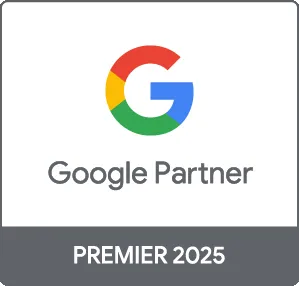Creating effective Google Ads is essential for driving targeted traffic and generating leads for your business. In this comprehensive guide, we will explore the key components of successful Google Ads campaigns, including keyword selection, ad copywriting, and targeting strategies. Whether you're a small business owner or a marketing professional, these insights will help you create compelling ads that convert.
Why Google Ads Matter
Google Ads is one of the most powerful online advertising platforms available. With billions of searches conducted every day, Google Ads allows businesses to reach potential customers at the exact moment they are searching for products or services. This targeted approach can lead to higher conversion rates and a better return on investment (ROI).
1. Keyword Research
Selecting the right keywords is crucial for the success of your Google Ads campaigns. Here’s how to conduct effective keyword research:
- Use Google Keyword Planner: This tool helps you find relevant keywords and see their search volume.
- Consider Long-Tail Keywords: These are more specific phrases that often have less competition and higher conversion rates.
- Analyze Competitors: Look at which keywords your competitors are bidding on to identify opportunities.
2. Crafting Compelling Ad Copy
Your ad copy needs to grab attention and communicate value quickly. Here are some tips for writing effective ad copy:
- Use Clear Headlines: Make sure your headlines are relevant to the keywords and compelling enough to entice clicks.
- Highlight Unique Selling Points: Clearly convey what sets your product or service apart from competitors.
- Include a Strong Call to Action: Encourage users to take the next step, whether it’s signing up, making a purchase, or visiting your website.
3. Targeting the Right Audience
Effective targeting ensures that your ads are seen by the people most likely to convert. Consider the following targeting options:
- Demographic Targeting: Use age, gender, and location information to reach your ideal audience.
- Interest Targeting: Target users based on their interests and online behavior to increase relevance.
- Remarketing: Re-engage users who have previously interacted with your website to encourage them to convert.
4. Optimize Your Landing Pages
Your ads should lead to dedicated landing pages that are optimized for conversion. Ensure that:
- The landing page is relevant to the ad copy and keywords.
- It loads quickly and is mobile-friendly.
- There is a clear call to action that aligns with your ad.
5. Monitor and Adjust Your Campaigns
The success of your Google Ads campaigns requires ongoing monitoring and adjustments. Use the Google Ads dashboard to keep track of:
- Click-Through Rate (CTR): Monitor the percentage of users clicking on your ads to gauge effectiveness.
- Conversion Rate: Analyze how many clicks lead to actual conversions to assess ROI.
- Budget Utilization: Adjust your budget based on performance and consider reallocating funds to high-performing campaigns.
Conclusion
Creating good Google Ads involves thorough keyword research, compelling ad copy, effective targeting, optimized landing pages, and continuous monitoring. By following these guidelines, you can craft ads that not only attract clicks but also drive conversions. At Prebo Digital, we specialize in creating and managing high-performing Google Ads campaigns tailored to your business needs. Contact us today to get started!





